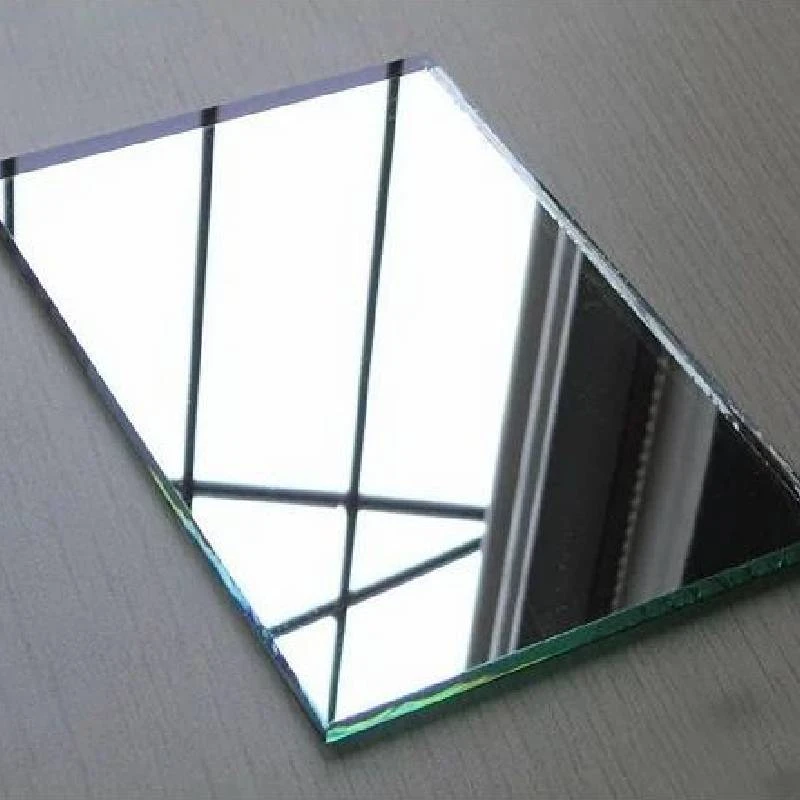

Understanding Low-E 3 Glass Innovations in Energy Efficiency
In the quest for energy efficiency and sustainability, one of the most significant advancements in building materials has been the development of Low-E (Low Emissivity) glass. Among the different types of Low-E glass available, Low-E 3 glass stands out for its remarkable thermal performance and its ability to enhance indoor comfort while reducing energy costs.
What is Low-E Glass?
Low-E glass is a type of energy-efficient glazing that has a microscopic coating, typically made of metal or metallic oxide, which reflects heat back to its source. This unique property allows Low-E glass to significantly reduce the amount of solar heat that enters a building while allowing natural light to shine through. Low-E glass is categorized into several types based on its performance characteristics, and Low-E 3 is one of the latest innovations in this category.
Features of Low-E 3 Glass
1. Enhanced Insulation Low-E 3 glass is specifically designed to provide superior insulation. By reflecting radiant heat back into the building during cold months and reducing heat gain in the warm months, it ensures that indoor temperatures remain comfortable year-round. This feature is particularly beneficial in regions with extreme temperature fluctuations.
2. UV Protection One of the critical advantages of Low-E 3 glass is its ability to filter out harmful ultraviolet (UV) rays. These rays can cause significant damage to furnishings, flooring, and artwork over time. By blocking up to 99% of UV radiation, Low-E 3 glass helps preserve the integrity and appearance of indoor spaces.
3. Energy Savings Buildings utilizing Low-E 3 glass can experience substantial energy savings. By minimizing the need for heating and cooling systems to work overtime, property owners can significantly reduce their energy bills. According to various studies, Low-E glass can save up to 25% more energy compared to standard double-pane windows.

4. Clarity and Aesthetics Low-E 3 glass maintains high visibility and clarity while providing excellent thermal performance. Unlike some older window technologies that could lead to a hazy appearance, Low-E 3 glass allows for unobstructed views, allowing homeowners and building occupants to enjoy natural sunlight without compromising aesthetic appeal.
5. Environmental Impact The use of Low-E 3 glass has broader environmental benefits. By reducing energy consumption, buildings can decrease their carbon footprint, contributing positively to the fight against climate change. Moreover, many manufacturers of Low-E glass follow sustainable practices, further enhancing the environmental benefits of this material.
Applications of Low-E 3 Glass
Low-E 3 glass is suitable for a wide range of applications, from residential properties to large commercial buildings. Its superior insulation properties make it an ideal choice for energy-efficient homes, particularly in climates that experience both hot summers and cold winters. Additionally, commercial buildings that prioritize sustainability and energy efficiency can also greatly benefit from the application of Low-E 3 glass in their window systems.
Installation and Maintenance
When considering the installation of Low-E 3 glass, it is essential to engage certified professionals who understand the specific requirements of this advanced glazing type. Proper installation ensures maximum performance and longevity. Maintenance for Low-E glass is relatively straightforward; regular cleaning with non-abrasive materials is recommended to keep the glass in optimal condition, allowing for maximum light transmission and aesthetic appeal.
Conclusion
Low-E 3 glass represents a significant advancement in the field of energy-efficient building materials. Its combination of thermal performance, UV protection, energy savings, and aesthetic appeal makes it a compelling choice for homeowners and builders alike. As we move towards a more sustainable future, the adoption of Low-E technologies is likely to play a crucial role in reducing energy consumption and enhancing indoor comfort. By choosing Low-E 3 glass, we not only invest in our own comfort and economic savings but also contribute to a healthier planet for future generations.